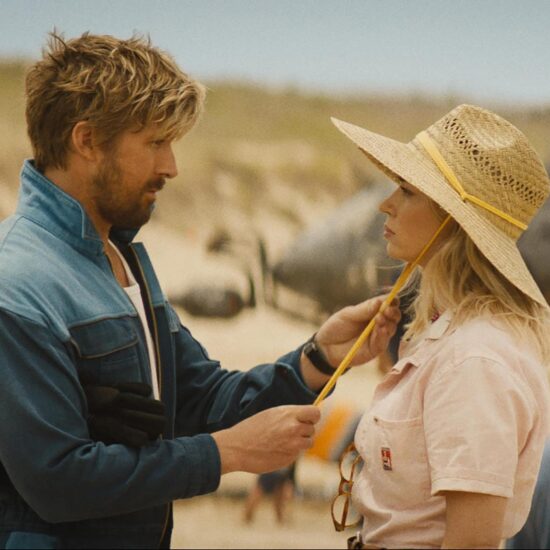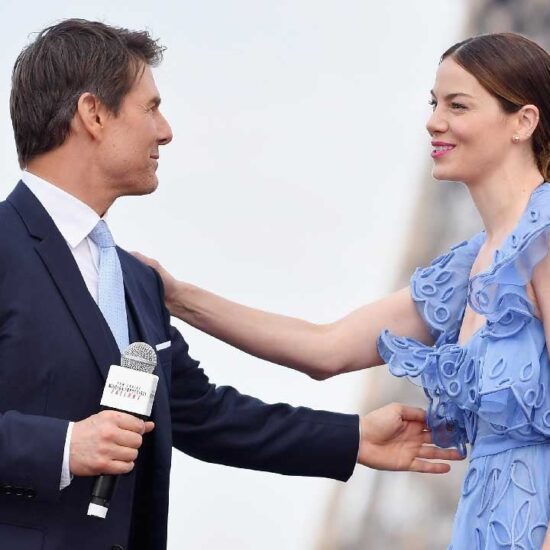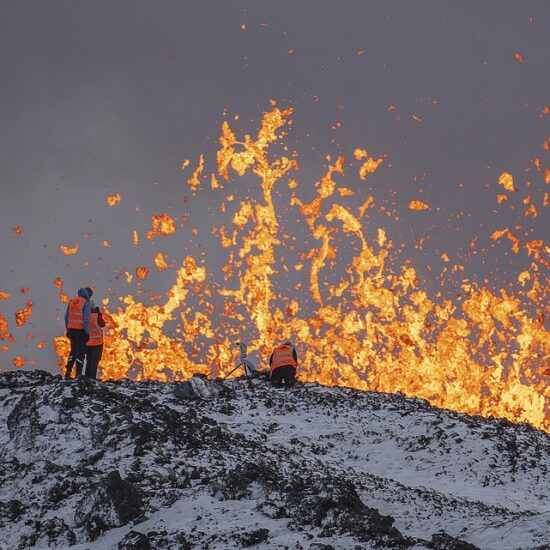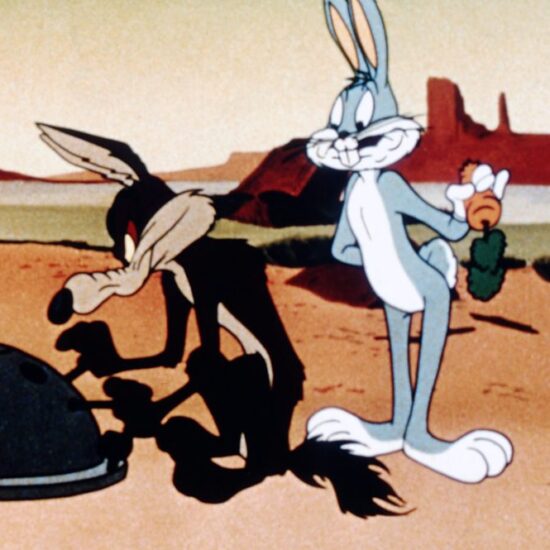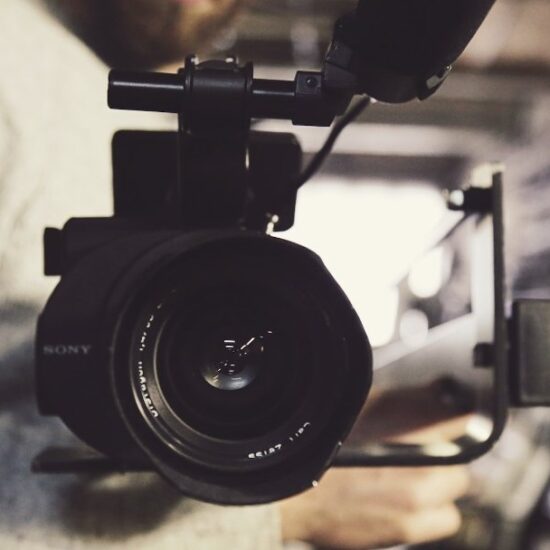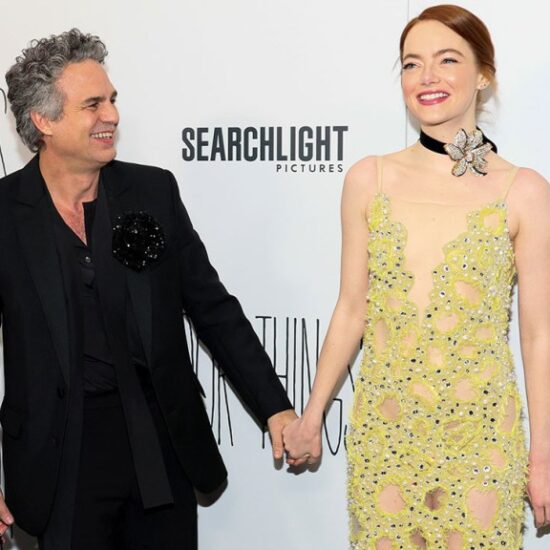
In the five years since author Mark Manson published “The Subtle Art of Not Giving a F*ck,” the self-help book has sold more than 15 million copies, spent 279 weeks on the NY Times Bestsellers list and crossed over in the pop culture sphere.
“It’s honestly just a pleasant surprise,” Manson tells Variety over Zoom in late December, reflecting on the success of the book, which pairs historical anecdotes with his personal tales of teenage apathy and mid-twenties mistakes to illustrate the best way to live a contented life.
“I’ve been hearing prominent people from all over the world — like Aaron Rodgers said it was his favorite book of the offseason and helped him like get prepared after a playoff loss — it’s just crazy stuff,” Manson continues. “It’s just a real pleasure and a joy as an author to see those sorts of things. And it makes my day when it happens.”
And while it was special to see Rodgers select the title for his book club in Jan. 2022 — praising Manson’s philosophy of focusing on what really matters in life instead of getting bogged down by giving a f*ck about things that don’t — it’s just one of the many shoutouts he’s had to wrap his mind around lately.
Last month, an eagle-eyed viewer spotted Manson’s follow-up book, 2019’s “Everything is F*cked” in a season 2 episode of HBO’s “The White Lotus.” Then, on Friday, U.S. Rep. Katie Porter (D-Calif.) went viral when she was photographed reading “The Subtle Art of Not Giving a F*ck” amid the chaos in the House of Representatives during the four-day marathon Speaker election. (Kevin McCarthy (R-Calif.) was finally confirmed as Speaker of the House on the 15th vote.)
“We made it into Congress fam,” Manson tweeted after the photo began to make its rounds online.
And he’s made it to Hollywood too, with the (slightly re-titled) documentary “The Subtle Art of Not Giving a #@%!,” which is now playing in select theaters and available for rent and digital download.
Over the years, Manson has fielded a number of pitches from producers interested in adapting the tome into a movie, but Matthew Metcalfe’s (“Dawn Raid”) approach ultimately won him over. Directed by Nathan Price, the film’s official synopsis describes the project as “a cinematic documentary designed to help us become less awful people” with some unvarnished truths, delivered via R-rated language.
“I think part of what the made the book work was that it was very disruptive to the self-help genre — it was funny; it was irreverent; it was a little bit weird at times; it kept surprising them and doing unexpected things,” Manson explains. “We wanted to bring that same principle to the film as well — have some crazy animations and fun footage and some things that are a little bit over the top and silly.”
When Manson and the filmmakers started pre-production on the project, the author realized it’d been three or four years since he’d really looked back at the book and evaluated its contents.
“As an author, it’s always a precarious situation to go back and read your old work because you never know how you respond to it,” Manson explains. “There have been many times where I’ve looked at old articles and pieces that I wrote years ago and kind of cringed a little bit like, ‘I can’t believe I published that.’”
But in the case of “Subtle Art,” Manson was “pleasantly surprised” with what he found while flipping through the pages. “I still felt good about 99% of the concepts and ideas,” he says. “There was some nitpicking like, ‘I could totally write this paragraph better today’ or ‘I wish I had another stab at this at this chapter,’ but it held up in my mind.”
Manson’s participation in the film was twofold: First, he sat with Price for approximately 20 hours of interviews, recounting stories from the book over three days. Then, the author did some light acting in a few live-action scenarios, like floating through a pool of synchronized swimmers while waxing poetic about his self-help stories.
After participating in hundreds of interviews about the book, telling the tales again was “very natural and kind of easy,” Manson says. “I feel like I almost had a five-year dress rehearsal for the shoot.”
He adds: “The thing that was uncomfortable was seeing it after it was shot, because I’m an author. I’m not used to being on camera.”
Furthermore, the idea of acting took Manson completely out of his comfort zone. “I had no clue what I was doing,” he says with a laugh, adding that, thankfully, many of the live-action shots were “pretty spontaneous.” For example, one scene called for someone to tackle a snowman. Manson volunteered. “They were going to get a crew member to do it, and I was like, ‘Why? I’m here,’” he recalls.
But production drew the line at letting Manson play Disappointment Panda, a fan-favorite character featured in the book, whose superpower is to tell people the harsh truth. “Originally we were going to do a shot where I take the head off and it turns out to be me, but you couldn’t see a single thing out of that suit and it became a safety hazard,” Manson says.
The author also watched from the sidelines as two young men played out scenes from his adolescence, pretending to be him at major inflection points in his life, like the time he was arrested in eighth grade for marijuana possession. Manson didn’t have a hand in picking — whom he describes as two nice young guys from New Zealand, where the documentary was filmed amid the COVID pandemic — who portrayed them.
“I met them briefly on set one day,” he says, laughing again. “It was just completely weird.”
As weird as that moment was, it’s not his most memorable experience from the shoot. That crown goes to filming the book’s final chapter, an anecdote about the unexpected death of Manson’s friend Josh in their teenage years, which changed his perspective on life.
The poignant story stands in stark contrast to the cheeky tone the majority of Manson’s writing takes, so the filmmakers decided early on that this scene would also end the documentary. But filming was considerably different — and more emotional — than the author imagined it’d be.
“Writing that section of the book was emotional,” Manson explains. “But there’s something about writing that is a little bit emotionally detached, or it’s less intimate than speaking, a little bit more logical.”
Add to that the fact that before the cameras rolled Price spent a good chunk of time getting Manson to think about his friendship with Josh, probing him about old stories and showing him some photos his friend’s family had posted online.
“Nathan really got me talking about the old days and my time with him,” Manson recalls. “It really blindsided me because there’s a lot of things that I hadn’t thought about in 10-20 years. So by the time the cameras were on, I was in that headspace of being very nostalgic and missing my friend.”
The most affecting moment came toward the end of the conversation. Price asked Manson what he thinks Josh would’ve made of all this. “These are things I never considered,” the author says. “I never thought about like what Josh would think about my career. He got me emotional on set, which I was not expecting. He did what a director is supposed to do.”
Now that the film is in the can, Manson is working through a different kind of emotion — a light dose of fear.
“I will probably leave the room in abject terror,” Manson says at the prospect of watching the finished movie with an audience.
So much for not giving a fuck.








